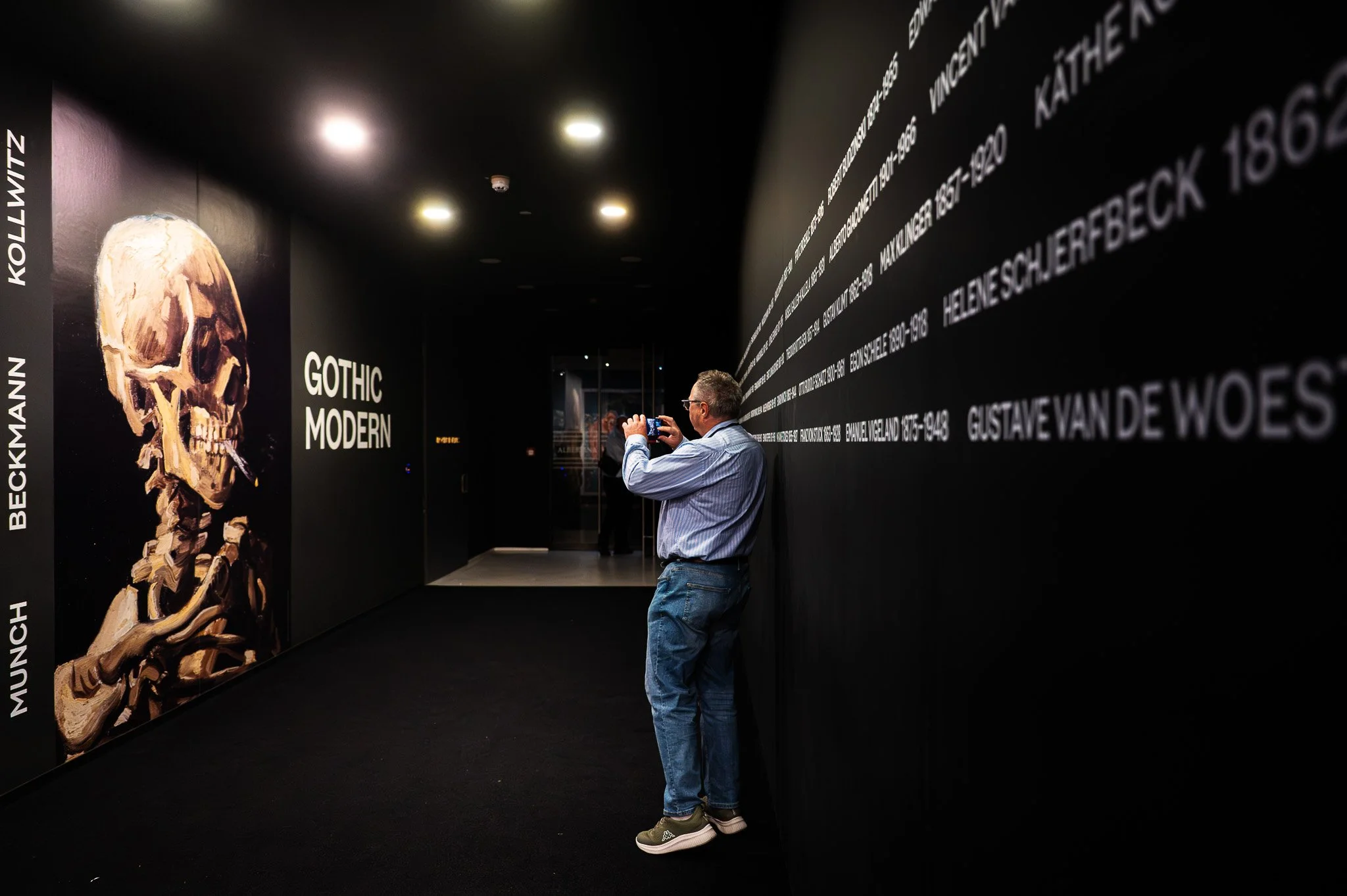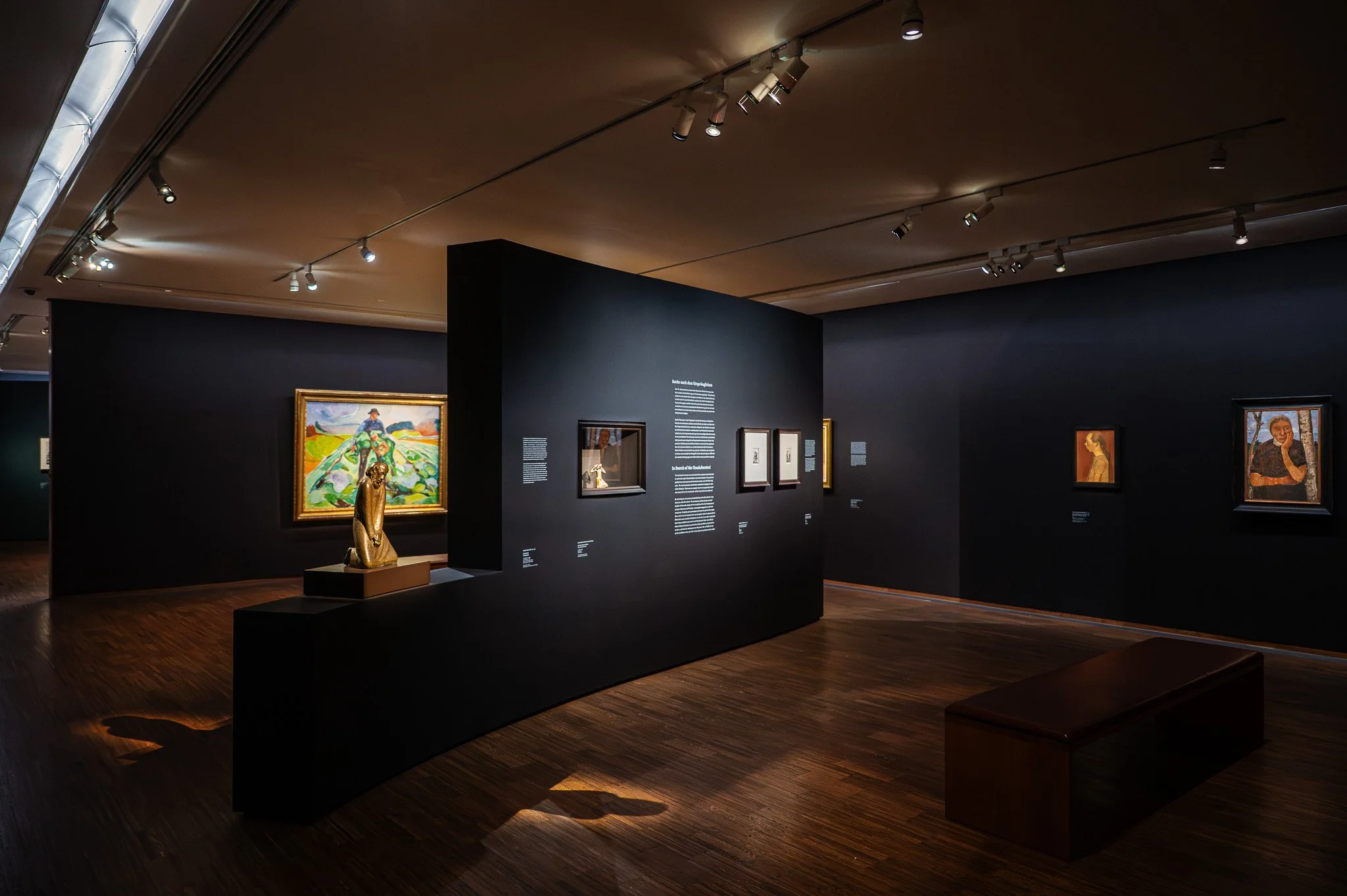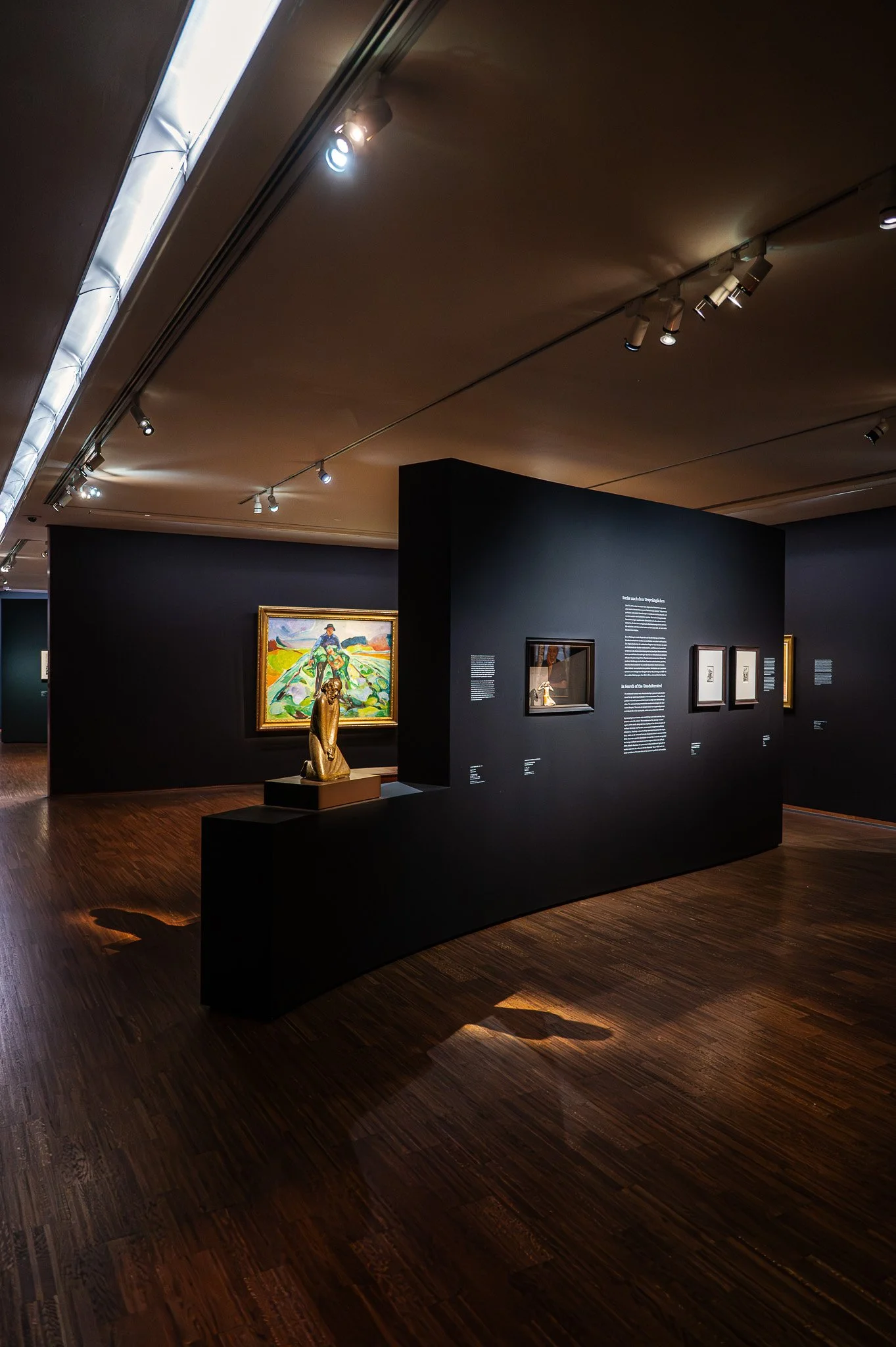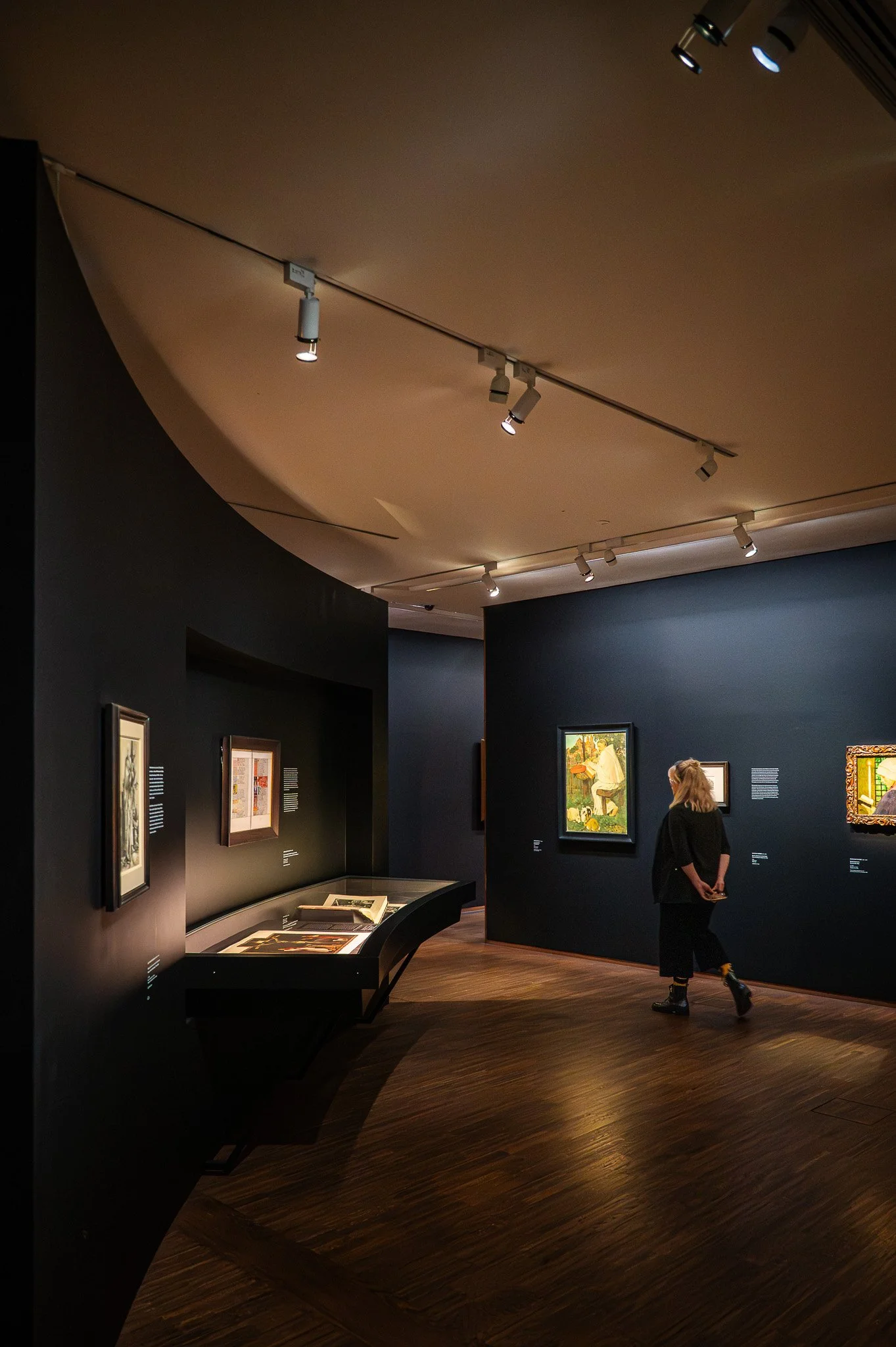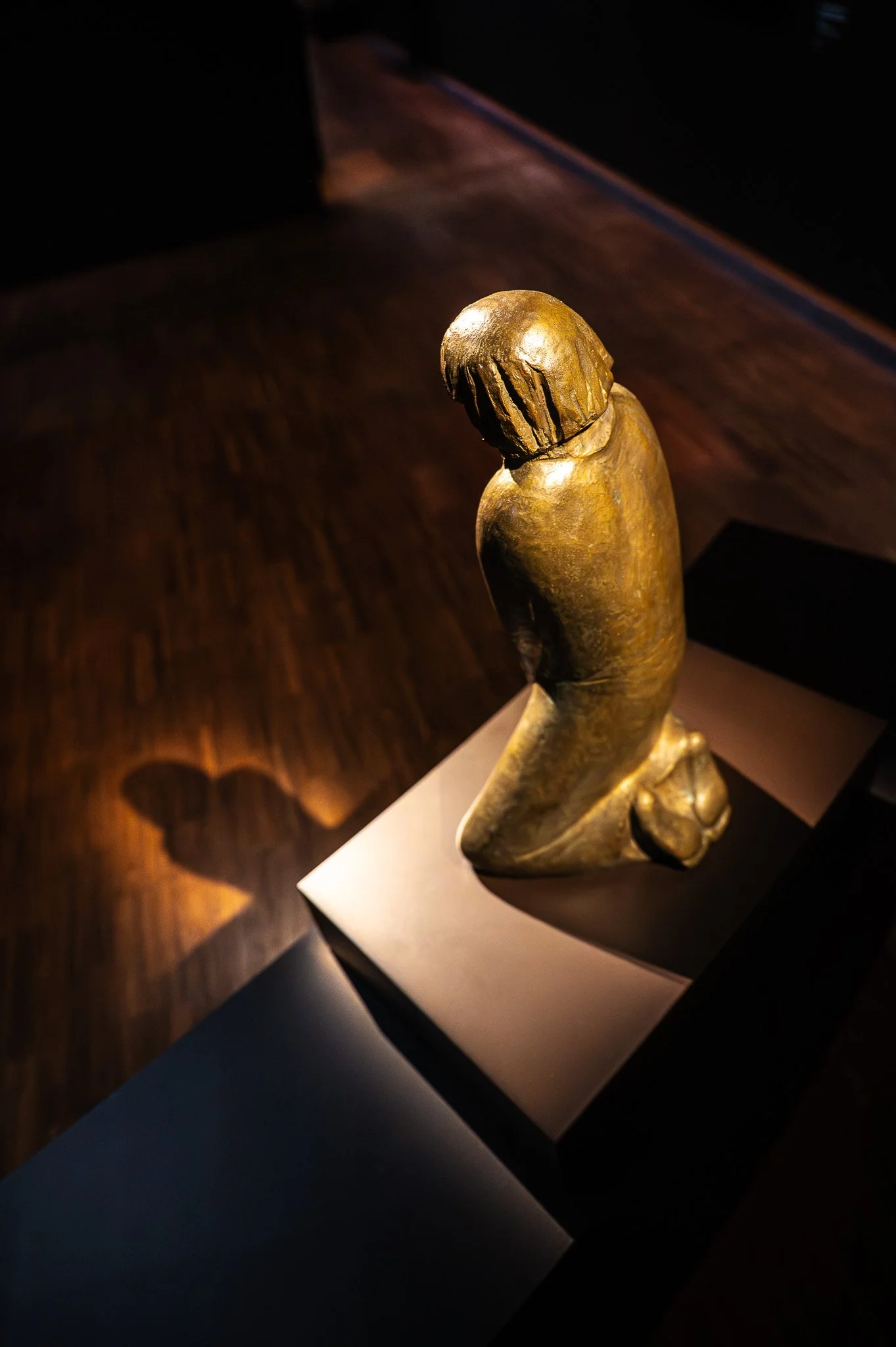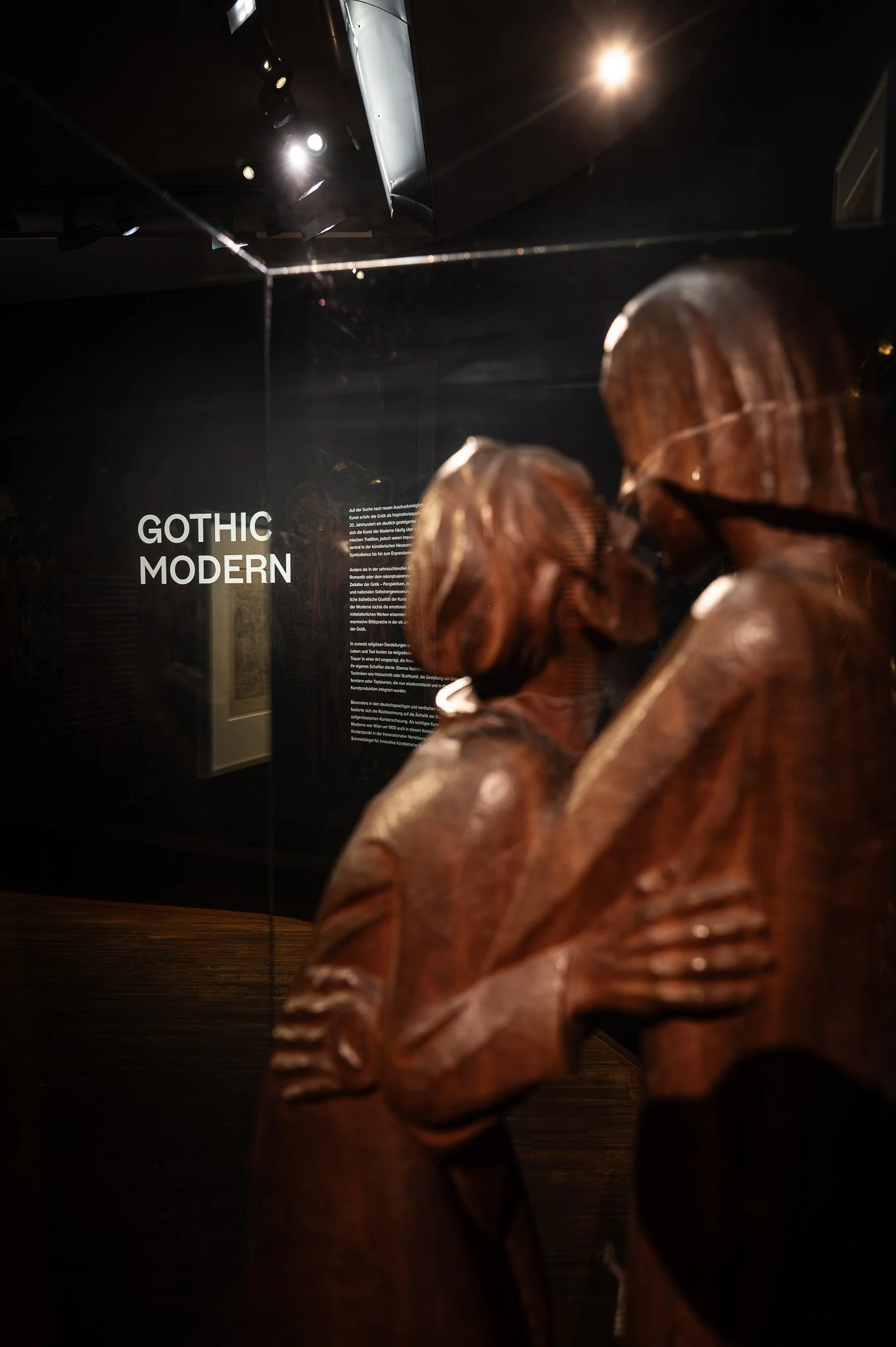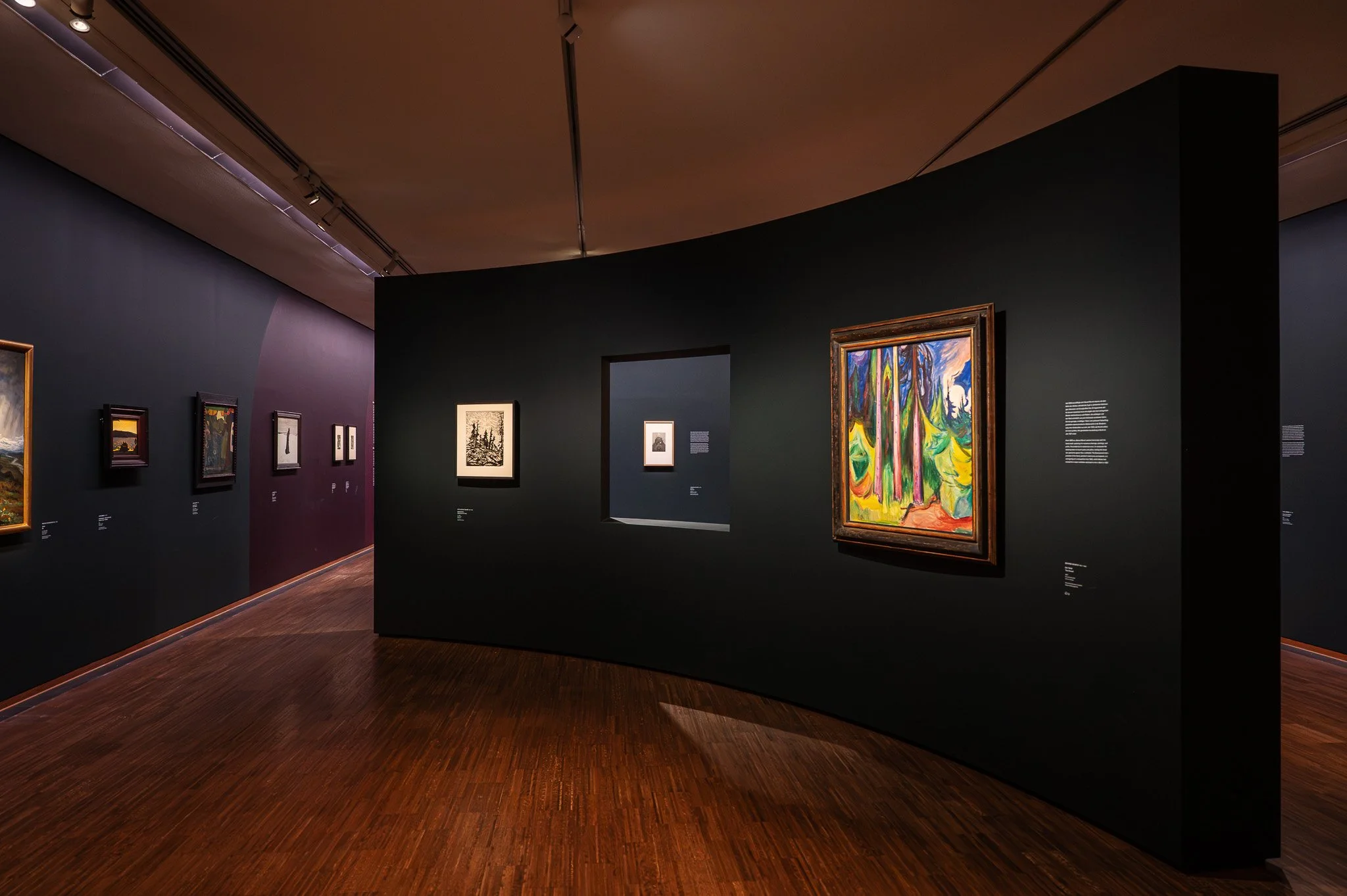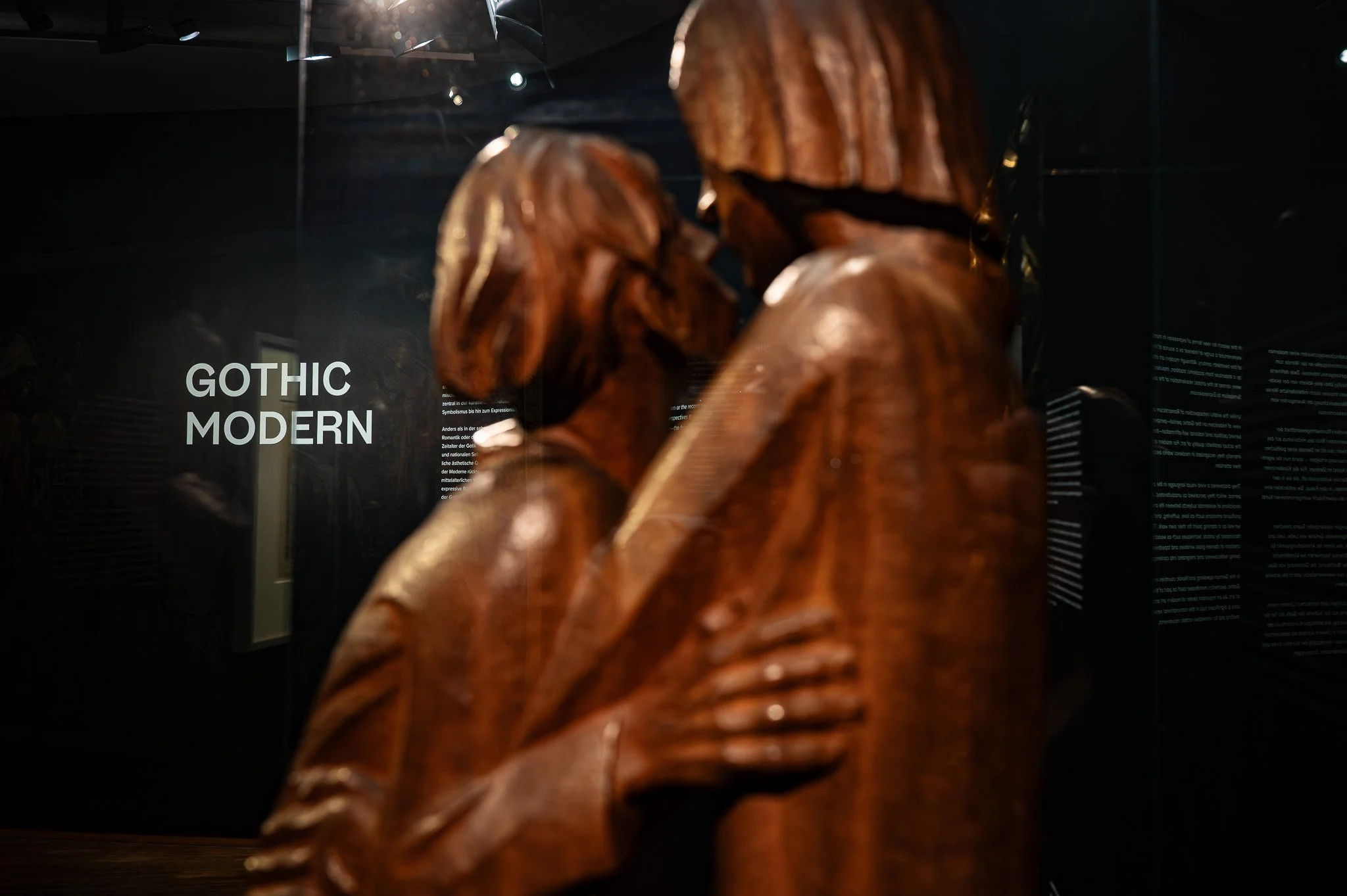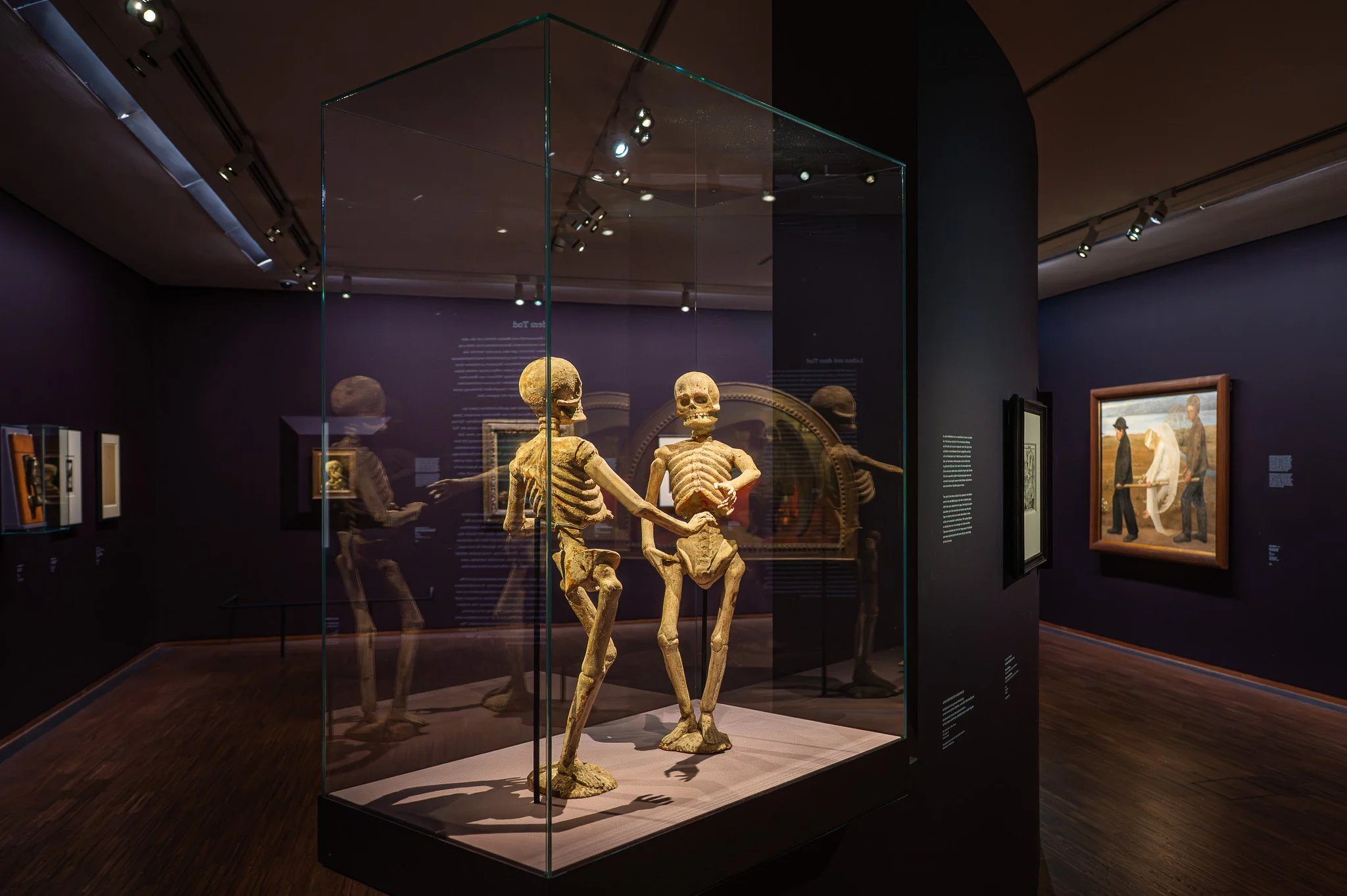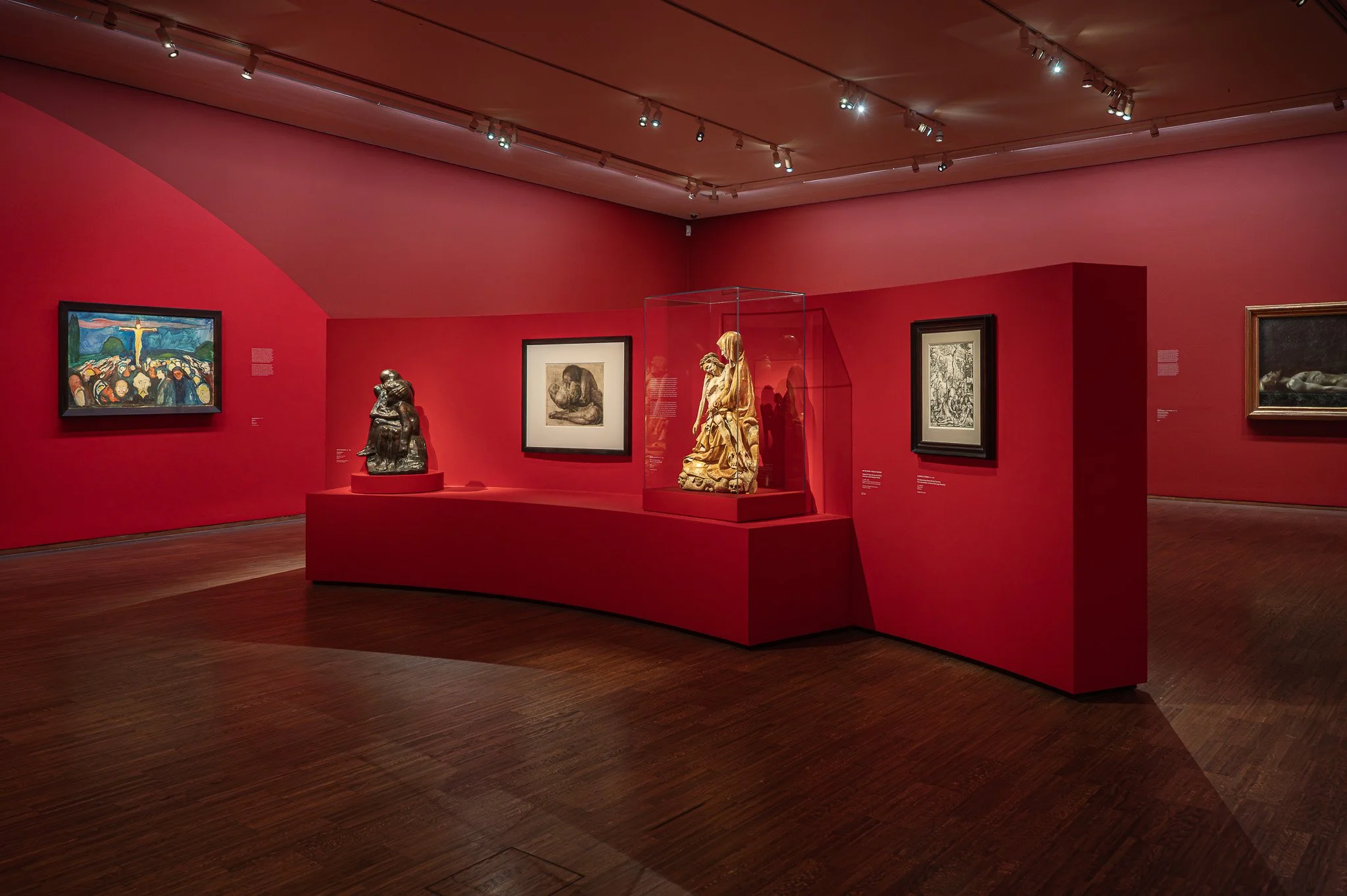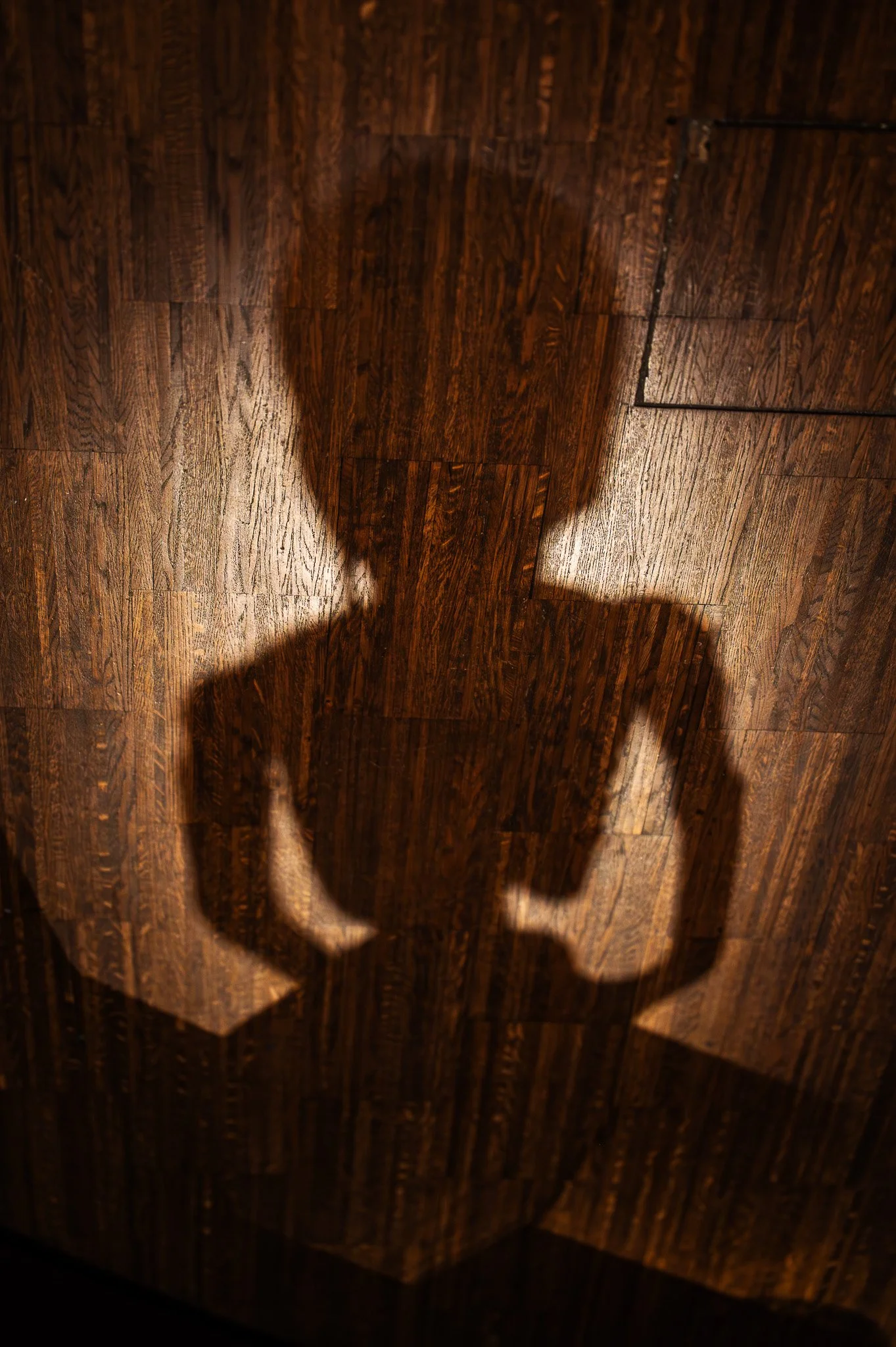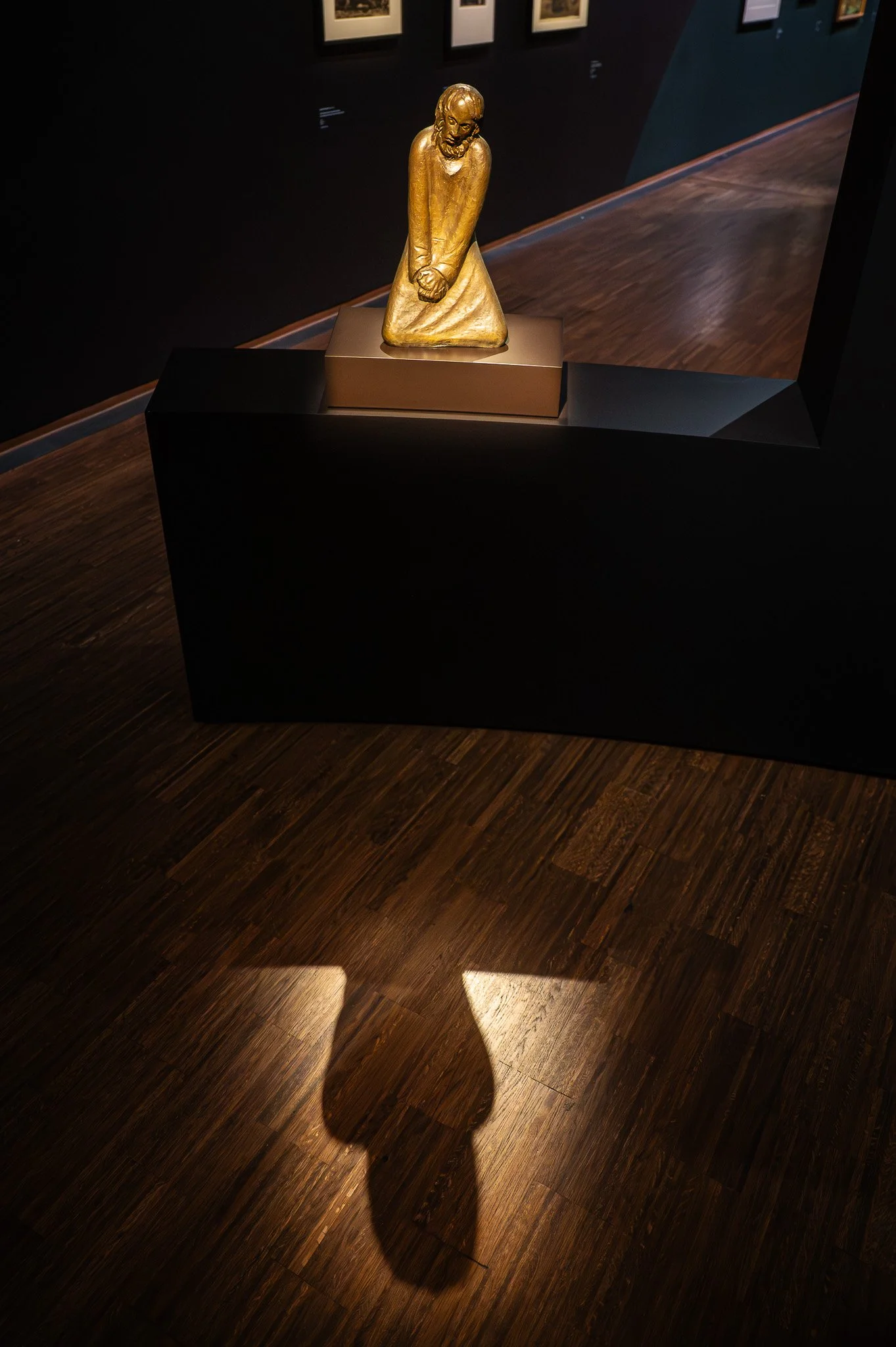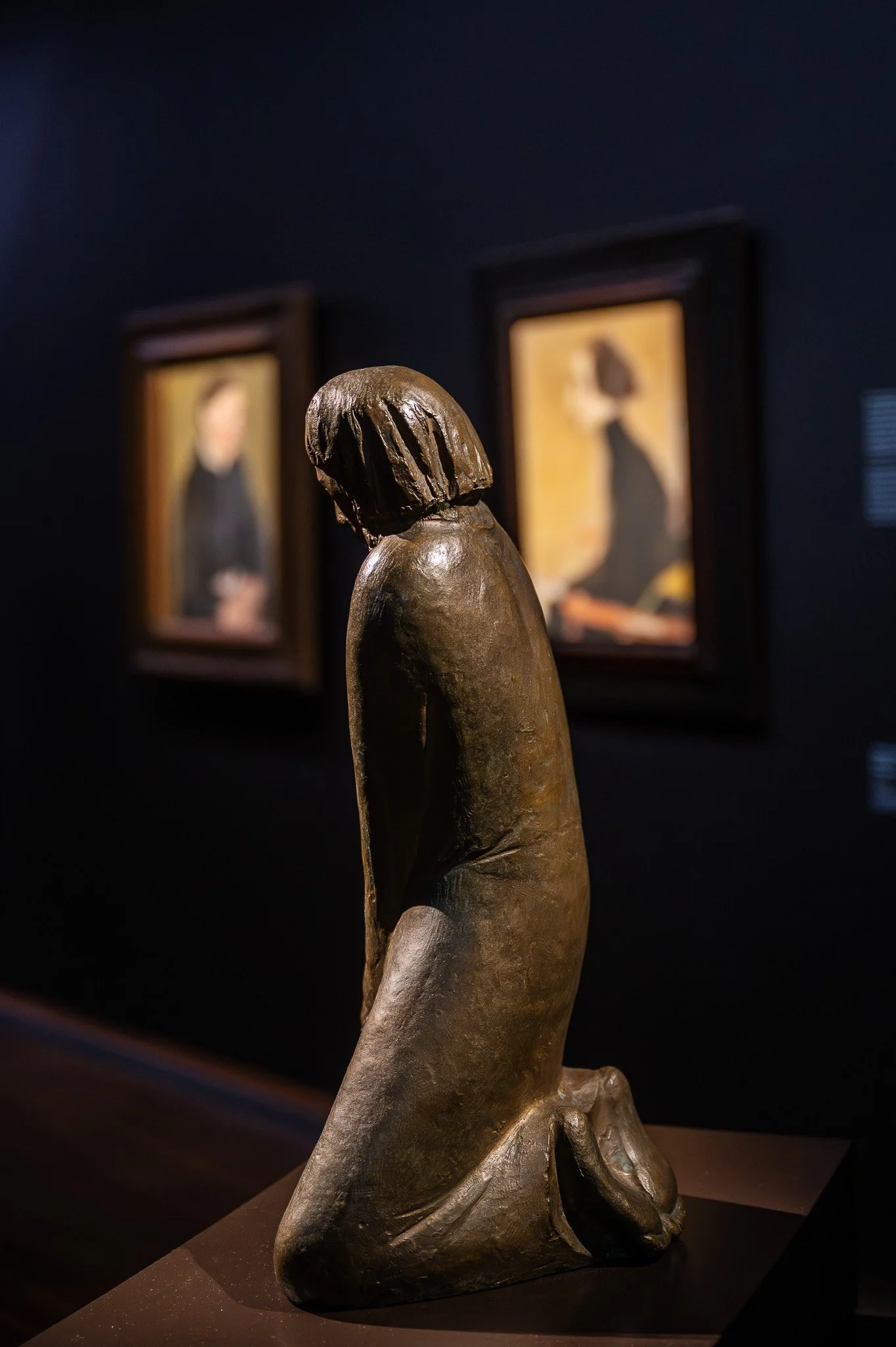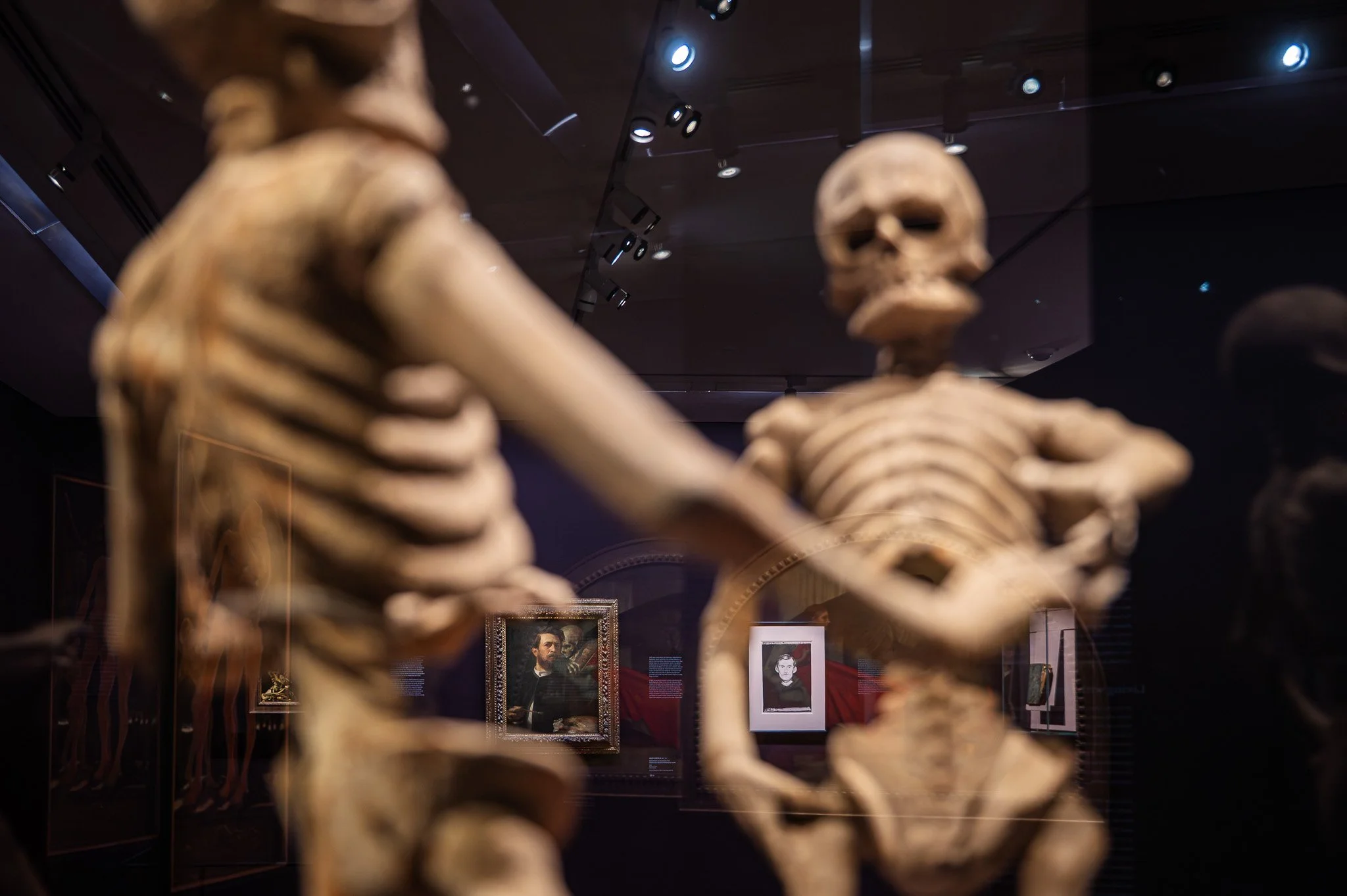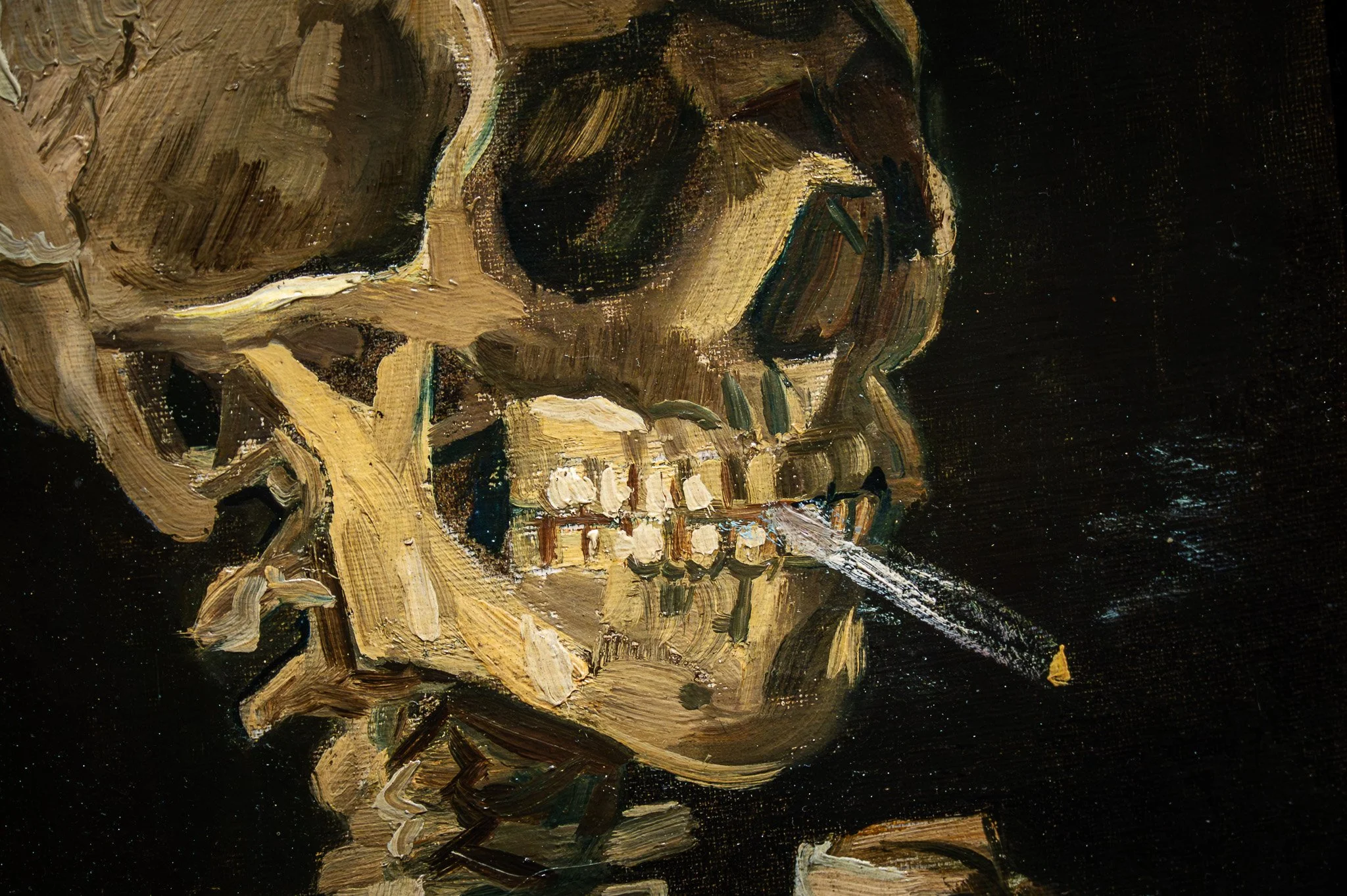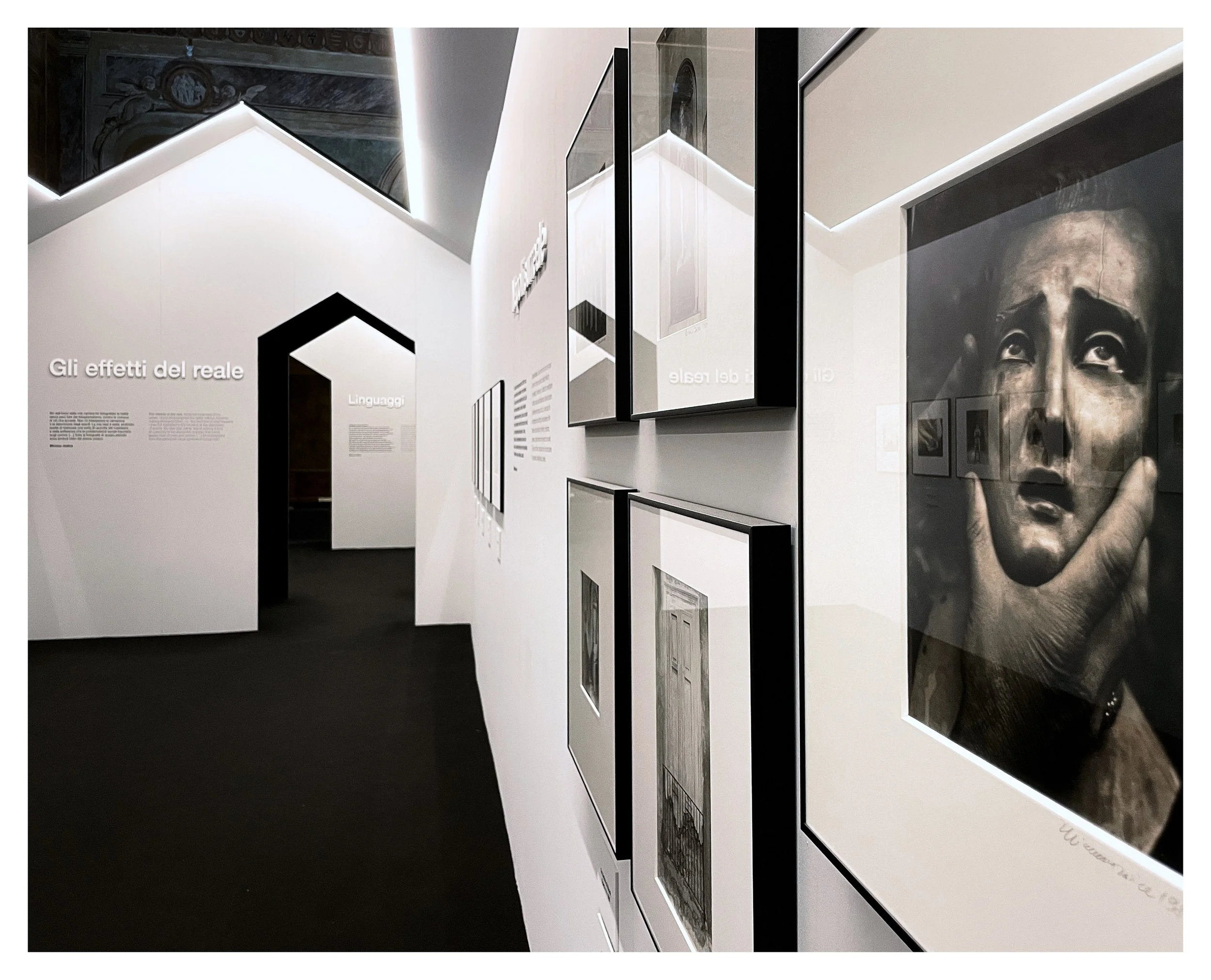The Medieval Roots of Emotion in Modern Art - "Gothic Modern" exhibition at the Albertina
Modern art is often taught and understood as a radical departure from historical styles, particularly academic traditions of the 19th century. The Gothic Modern exhibition turns that idea on its head by showing how many modern artists actually looked backwards, not to copy, but to find modes of expression that felt more resonant, raw, emotional. The Gothic period, especially the late Middle Ages (15th-16th centuries), offered a visual language rich in spirituality, in existential urgency, in stylised but powerful depictions of human suffering, faith, frailty.
All photos of the exhibition can be found on my Gallery Page.
Exhibition view, “Gothic Modern”, Albertina 2025
What is the “academic tradition” and "modern art"?
The academic tradition refers to the classical, rule-bound way of creating and teaching art that dominated European academies from the Renaissance until the 19th century. It valued ideal beauty, balanced composition, and historical or mythological subjects. Artists were expected to master anatomy, perspective, and harmony - but emotional intensity and personal expression were often suppressed. Modern art (roughly 1875–1925 in this exhibition) broke away from those academic conventions. Artists such as Van Gogh, Munch, Schiele, Kollwitz, Beckmann, and Klimt turned toward inner worlds, psychology, symbolism, and abstraction. They sought truth rather than perfection - art as an expression of emotion, crisis, or individuality.
The exhibition Gothic Modern at the Albertina, Vienna bridges two worlds that at first glance seem far apart. Curated by Albertina Director Ralph Gleis, and designed in collaboration with BWM Architektur & Design, it explores how modern artists drew deep inspiration from the emotional expressiveness of medieval and Gothic art. This show brings together around 200 works spanning from 1875 to 1925 - from artists such as Paula Modersohn-Becker, Max Beckmann, Otto Dix, Vincent van Gogh, Gustav Klimt, Käthe Kollwitz, Edvard Munch, Egon Schiele, and Helen Schjerfbeck - in direct dialogue with iconic works by Holbein, Dürer, Cranach, and Baldung Grien.
The result? A haunting conversation between eras, faith and doubt, pain and transcendence: The Gothic became a model for authenticity - a source of inspiration that allowed for a creative reorientation of modern art.
A new exhibition architecture
The fresh exhibition design was created by BMW Architektur & Design. Upon entering the exhibition, visitors are enveloped in a dimly lit environment that evokes the solemnity of a medieval chapel. The use of black walls and strategically placed lighting creates an atmosphere reminiscent of a sacred space, setting the tone for the emotional journey ahead. This design choice not only pays homage to the Gothic aesthetic but also primes the viewer for the intense emotional expressions found within the artworks.
As one progresses through the exhibition, the lighting gradually intensifies, guiding visitors from the shadows into brighter spaces. The exhibition architecture also incorporates curved suspended walls with cutouts, allowing for glimpses into art pieces behind and creating a sense of continuity and connection between the artworks. This thoughtful integration of architecture and art presentation offers a refreshing departure from traditional exhibition layouts. The curved walls and openings transformed the Albertina’s galleries into a photographer’s dream. Rather than walking through ordinary rectangular rooms which reveal everything they have to offer immediately when entering them, I could explore shifting perspectives, play with light and shadow, and capture the artworks in ways that feel intimate and unique (which helped intensify their emotional impact on the photo. Still, go there to see the original for yourself!)
Exhibition view, “Gothic Modern”, Albertina 2025
Techniques as well as Motifs Reborn
What fascinated modern artists was not only the emotional power of Gothic art, but also its craftsmanship and media: woodcuts, book illustration, stained glass, and tapestries - materials often used in sacred spaces.
The roughness of a woodcut, for example, felt truer to life than the smooth idealism of academic painting. It allowed artists to express soul states - visible traces of emotion, fear, and hope. When walking through the exhibition one can truly feel
The Dance of Death (Danse Macabre), emerging in the 14th century, is one of the exhibition’s recurring themes. Here, Death takes each person - pope, king, servant, child - by the hand for a final dance. No longer merely terrifying, he becomes a seducer, a trickster, sometimes even a friend. This duality deeply resonated with modern artists facing the trauma of industrialization, war, and loss which strongly came up at the beginning of the 20th century.
Vienna - The Crossroads of Modernity
At the turn of the 20th century, Vienna was one of Europe’s most important artistic centers. Klimt, Schiele, and the Wiener Werkstätte circle sought to combine tradition and innovation, ornament and emotion, faith and sensuality.
In Gothic Modern, Vienna’s own cultural legacy becomes part of a broader European story - connecting Nordic melancholy with German Expressionism and the spiritual hunger of Symbolism.
The exhibition is the result of a collaborative research project with the Ateneum Art Museum (Helsinki) and the National Museum (Oslo) - underlining the trans-European dimension of this theme.
All photos of the exhibition can be found on my Gallery Page.
🗓️ Duration: 19 September 2025 – 11 January 2026
🕙 Opening Hours: Daily 10:00 – 18:00, Wednesday & Friday 10:00 – 21:00
📍 Location: Albertina Museum, Vienna
Other blogposts that might be interesting:

